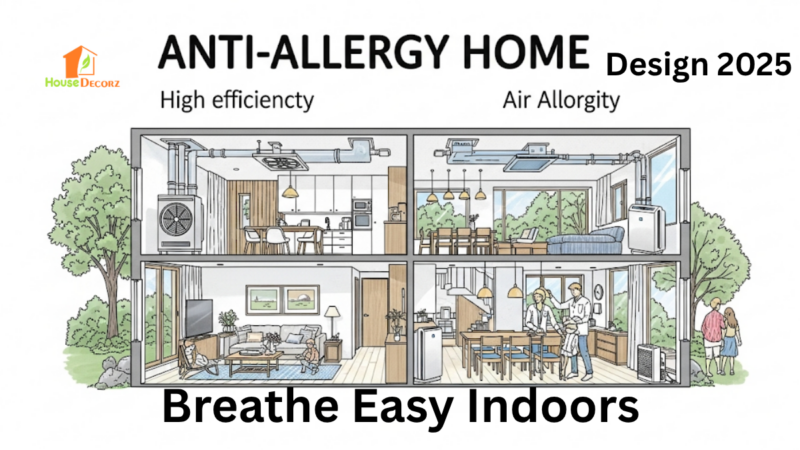Smart Lighting Ideas That Cut Your Energy Bill in Half – 2025 USA Edition

In 2025, energy efficiency is more than just a buzzword—it’s a necessity for American homeowners seeking both cost savings and environmental responsibility. Lighting accounts for a significant portion of household electricity use, and thanks to recent advancements, smart lighting to save energy USA is now more accessible, intuitive, and effective than ever before. Whether you’re upgrading a single bulb or implementing a full smart system, these strategies can drastically reduce your monthly utility bill.
Let’s explore how innovative lighting solutions are transforming homes across the USA—and how you can benefit from these trends.
1. Switch to the Best LED Lighting in the USA
The first step in reducing energy costs starts with your lightbulbs. Traditional incandescent bulbs consume a large amount of electricity and have a short lifespan. In contrast, LED bulbs use up to 80% less energy and last up to 25 times longer. The best LED lighting USA options in 2025 not only offer superior brightness and color temperature options but also come with smart features.
Look for Energy Star-rated bulbs with features like motion sensors, app control, and scheduling capabilities. Philips Hue, LIFX, and GE Cync are among the top-rated brands offering customizable, efficient lighting that seamlessly integrates with smart home ecosystems.
2. Utilize Smart Lighting Schedules and Automation
One of the most effective smart home lighting tips is using automated schedules to control when your lights turn on and off. By aligning lighting usage with your daily routine, you avoid wasting energy when lights are accidentally left on.
Smart home apps like Google Home, Apple HomeKit, or Amazon Alexa allow you to create lighting routines. For example, lights can gradually brighten in the morning as a gentle wake-up call or dim automatically at night to signal bedtime. You can also simulate occupancy while you’re away, enhancing security without unnecessary energy use.
3. Use Motion Sensors and Occupancy Detection
Another game-changing innovation in smart lighting to save energy USA is motion-activated lighting. These systems automatically turn lights on when someone enters a room and off when the space is empty. This is especially useful in high-traffic areas like hallways, garages, and bathrooms.
In 2025, motion-sensor technology has become smarter and more refined. Advanced sensors can detect not just motion, but also daylight levels, adjusting brightness accordingly. This ensures you’re only using light when and where it’s needed—cutting energy costs without compromising convenience.
4. Adjust Brightness with Dimmers and Smart Bulbs
Dimmers and adaptive brightness settings can significantly reduce your energy use. Instead of operating lights at full power, smart bulbs allow you to adjust brightness based on your needs. Whether you’re reading, working, or watching a movie, the right lighting level enhances ambiance and minimizes unnecessary energy use.
In fact, lowering brightness by just 20% can result in a similar reduction in energy consumption. Paired with voice commands or app controls, this feature adds flexibility to your lighting setup while supporting energy-saving goals.
5. Zone Lighting and Room-by-Room Control
Zone lighting involves separating your home into distinct lighting areas and controlling them independently. For instance, you might want full lighting in the kitchen while keeping the living room dim and the bedroom lights off entirely. Smart switches and multi-zone smart bulbs let you do this effortlessly.
This targeted approach avoids lighting up unused areas, which is particularly effective in larger homes. Smart lighting hubs now allow you to manage these zones from your smartphone or even automate them based on time, occupancy, or activity.
6. Integrate Solar-Powered Outdoor Lights
Outdoor lighting can be a hidden energy drain, especially if left on overnight. In 2025, more homeowners are embracing solar-powered LED lights with built-in sensors and timers. These lights charge during the day and provide illumination only when needed—without adding to your electric bill.
From pathway lights to security spotlights, these solar solutions are both eco-friendly and economical. They also require minimal maintenance, making them a smart long-term investment for your home’s exterior.
Recommendation
10 Smart Home Lighting Ideas That Boost Style & Save Energy
Transform Your Room with Stunning Light Decorations: A Complete Guide for 2025
Stylish Outdoor Lighting Ideas For Backyard
How to Install Outdoor Lighting?
Engagement Party Decoration Ideas: Unique & Inspiring Ways to Celebrate Your Special Day
Final Thoughts
With a few strategic changes, your lighting system can evolve into an efficient, cost-saving powerhouse. By incorporating smart lighting to save energy USA, homeowners are seeing real reductions in energy bills—often cutting them by half. Whether it’s upgrading to energy-saving lights 2025, leveraging automation, or fine-tuning light intensity, the benefits of smart lighting go beyond savings—they also contribute to a more comfortable, eco-conscious lifestyle.
FAQ: Smart Lighting and Energy Savings in 2025
Q: How much can smart lighting really save on my electricity bill?
A: Smart lighting can reduce your lighting-related energy consumption by up to 50%, especially when combined with LED bulbs, motion sensors, and smart scheduling.
Q: Is it expensive to switch to smart lighting?
A: While the initial investment may be higher than standard lighting, the long-term savings on your energy bill and the extended lifespan of smart LEDs make it cost-effective over time.
Q: Can smart lights be used in older homes?
A: Yes, Most smart bulbs can be installed in traditional sockets and controlled via apps or hubs without needing major rewiring.
Q: Are there any rebates for switching to smart lighting in the USA?
A: Many utility companies and states offer rebates or tax credits for using energy-saving lights 2025 that are Energy Star certified. Check with your local provider for available incentives.
Q: Do I need a smart home system to use smart lighting?
A: Not necessarily. Many smart lights work via Bluetooth or Wi-Fi and can be controlled using a smartphone app, even without a central smart home hub.






